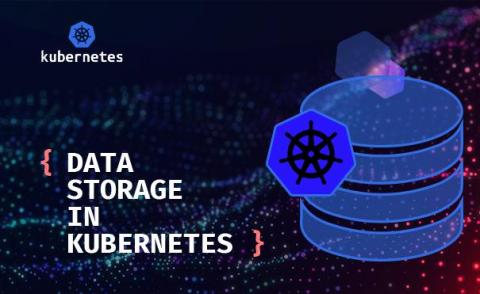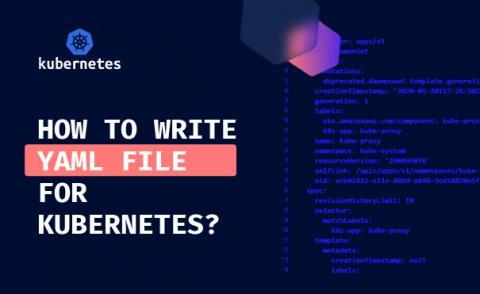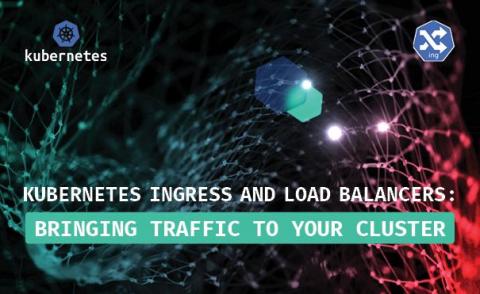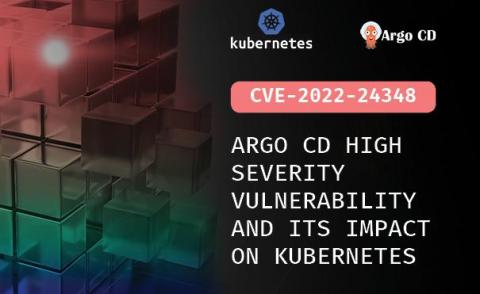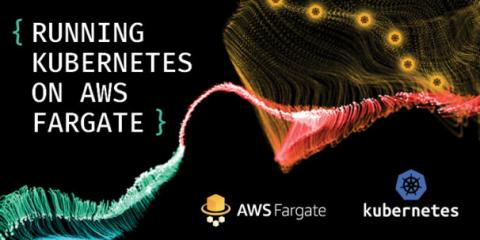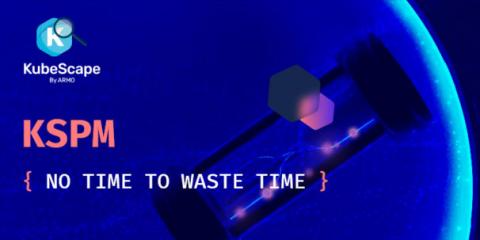Security | Threat Detection | Cyberattacks | DevSecOps | Compliance
ARMO
Data Storage in Kubernetes
How to Write YAML file for Kubernetes?
Kubernetes Ingress and Load Balancers: Bringing Traffic to Your Cluster
CVE 2022-24348 - Argo CD High Severity Vulnerability and its impact on Kubernetes
Researcher Moshe Zioni from Apiiro, discovered a major software supply chain critical vulnerability - CVE-2022-24348 - in the popular open-source CD platform Argo CD. Exploiting it enables attackers to obtain sensitive information like credentials, secrets, API keys from other applications. This in turn can lead to privilege escalation, lateral movements, and information disclosure.
How To Secure Kubernetes Clusters With Kubescape And ARMO
Are you wondering how to secure your Kubernetes clusters? Do you even know whether your Kubernetes is secure? Kubescape by ARMO might be the tool to help you with those and many other tasks related to Kubernetes security and scanning. Check this video by Viktor Farcic from DevOps Toolkit on Kubescape as he covers the 3 main K8s security areas – While reducing the number of false positives to a minimum and getting help fixing issues.
CVE-2022-0185 - What does the newest kernel exploit mean for Kubernetes users and how to detect it?
In the last few days, Linux maintainers disclosed a broadly available Linux kernel vulnerability that enables attackers to escape containers and get full control over the node. To be able to exploit this vulnerability, the attacker needs to be able to run code in the container and the container must have CAP_SYS_ADMIN privileges. Linux kernel and all major distro maintainers have released patches.
As "left" as it can get - find Kubernetes security issues while coding, not after
Kubescape is now available on the Visual Studio extension marketplace. Visual Studio code extensions are add-ons that allow developers to customize and enhance their experience in Visual Studio by adding new features or integrating 3rd party tools. An extension can range in all levels of complexity, but its main purpose is to increase developers’ productivity and cater to their workflow.
Running Kubernetes on AWS Fargate
For the last decade, AWS has dominated the cloud computing space with a plethora of cloud services. One of AWS’ great innovations was AWS Fargate, their first containers as a service (CaaS) offering. Prior to the introduction of Fargate, those building in the cloud were forced to choose between IaaS paradigm-focused containers or FaaS-focused serverless functions.
Kubernetes posture management - no time to waste time
Five months ago, we decided to release a posture management solution for K8s and make it open source for everyone to enjoy it.



